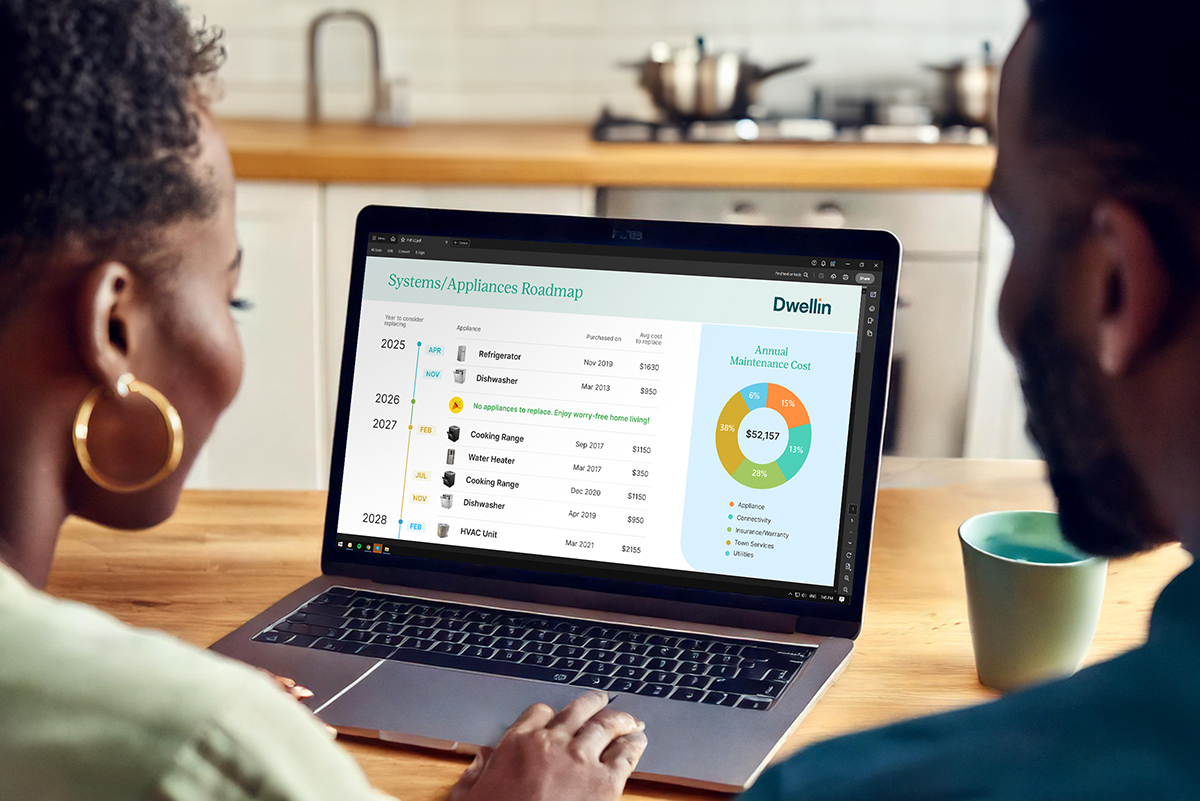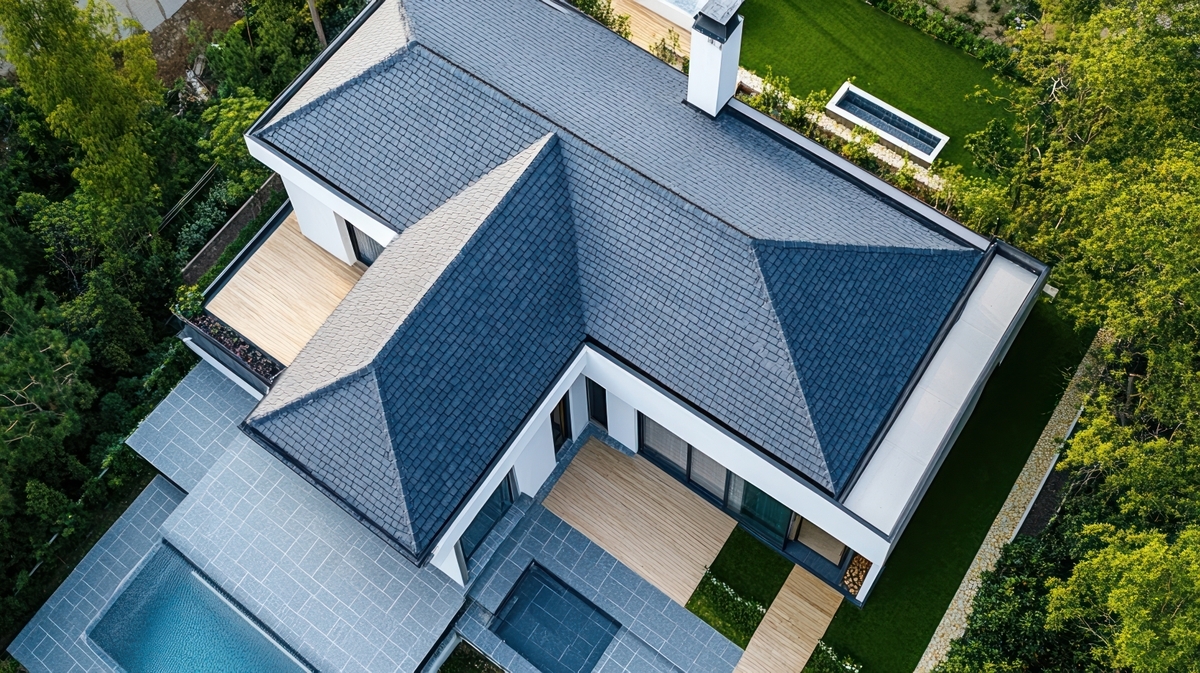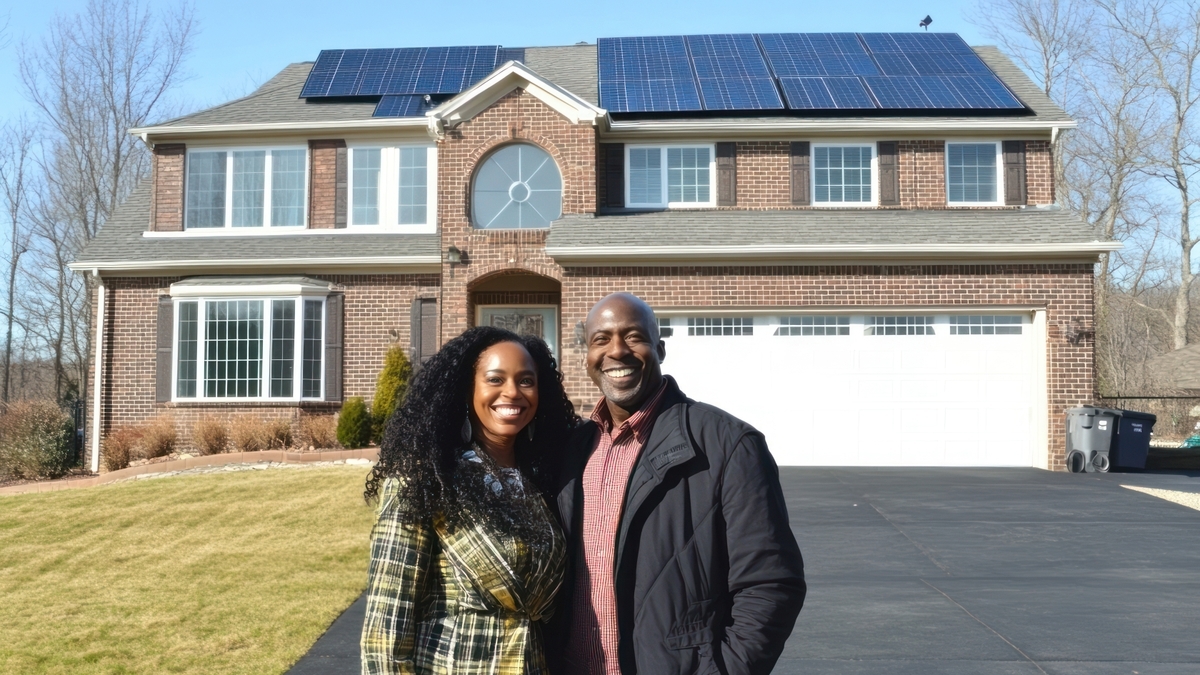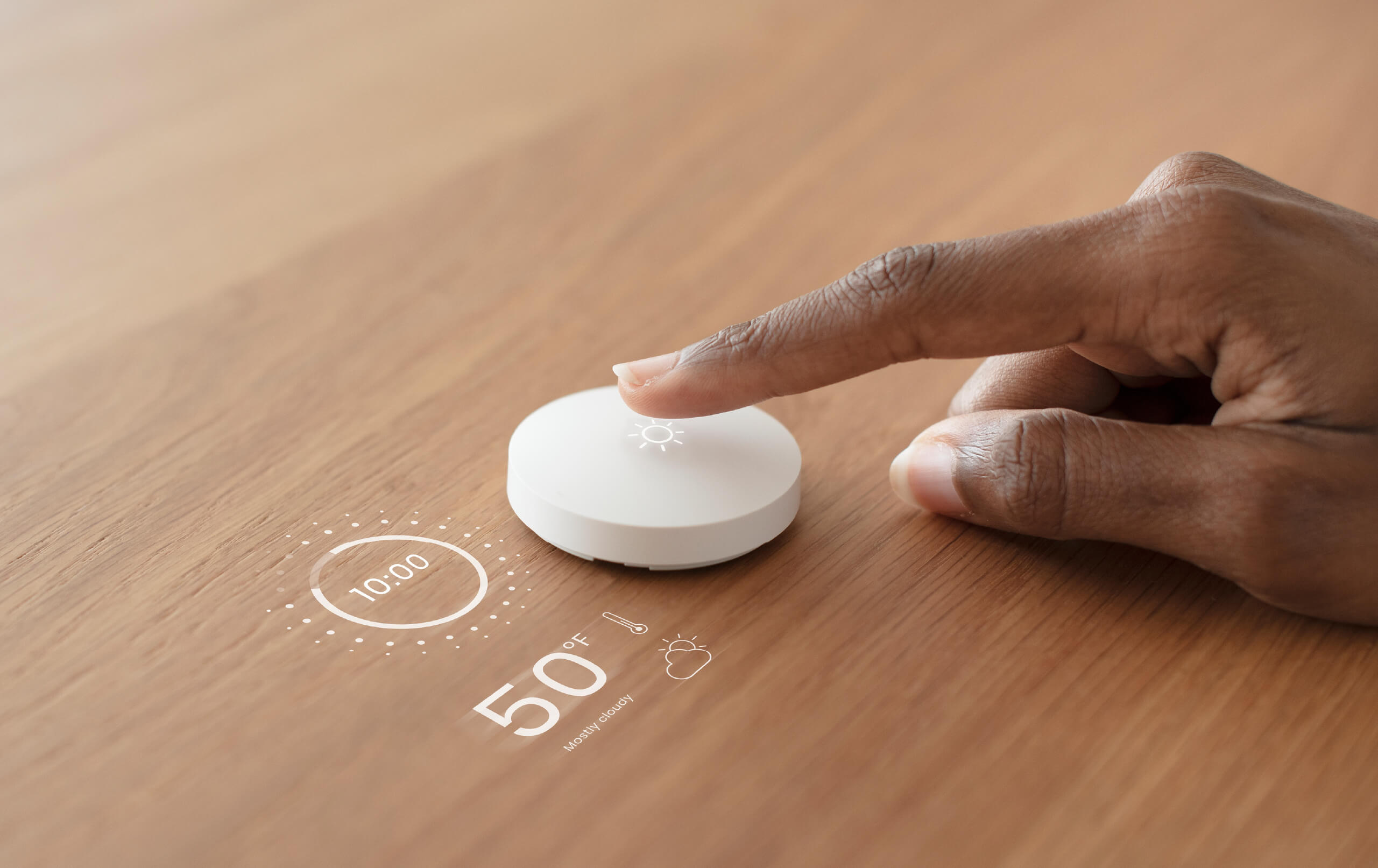The Future of Smart Home Technology
6 minute read

The smart home landscape is evolving rapidly, with technology trends promising to revolutionize how we live and interact with our homes. Over the next five years, homeowners can expect significant advancements that will make homes more intuitive, efficient, and secure. Here’s what’s on the horizon and how you can prepare to future-proof your home.
1. AI-Powered Home Assistants: From Reactive to Proactive
Home assistants like Amazon Alexa, Google Assistant, and Apple Siri have already become staples in many households. In the near future, these assistants will transition from responding to voice commands to proactively managing daily tasks. Enhanced AI will allow them to learn from your habits, anticipate your needs, and make suggestions accordingly. For instance, your assistant might automatically dim the lights and turn on the heater as you approach home based on your usual preferences, or even suggest adjusting energy settings to save on your bills.
Actionable Tip: To prepare for these advancements, choose smart home devices that can integrate with AI-powered assistants. Look for products that support multiple ecosystems (like Alexa and Google) to avoid being locked into a single platform. This flexibility ensures your setup remains adaptable as technology evolves.
2. Advanced Home Automation: The Next Level of Convenience
Basic home automation, such as controlling lights or thermostats remotely, will give way to more comprehensive systems that can manage multiple aspects of your home. Imagine automated cooking schedules, robotic cleaning that syncs with your daily routines, or even your HVAC system dynamically adjusting based on energy pricing and weather forecasts.
Actionable Tip: When upgrading your home automation system, prioritize devices that support open standards like Zigbee or Z-Wave, which allow integration with various brands. This approach ensures your devices can communicate seamlessly with one another, enabling complex automation routines that cover different areas of the home, such as energy management, security, and entertainment.
3. 5G Connectivity: Smarter, Faster, and More Reliable
The rollout of 5G networks will transform smart home connectivity, making it more responsive and capable of supporting more devices simultaneously. With lower latency and faster speeds, smart cameras, interactive gaming, and even augmented reality experiences will become smoother and more integrated into everyday home life. Real-time monitoring of energy usage, water flow, or even health data will be possible with minimal lag.
Actionable Tip: To future-proof your home, invest in devices that are 5G-ready or compatible with 5G networks. This ensures that as 5G coverage expands, your smart devices can take advantage of the improved connectivity, providing a seamless and lag-free experience.
4. Enhanced Security and Privacy: Addressing Growing Concerns
As the number of connected devices in the home grows, so does the risk of cyber threats. Future smart home tech will increasingly emphasize built-in security measures, such as on-device data processing to minimize cloud dependency and encrypted communications between devices. Additionally, manufacturers will likely offer more frequent software updates to patch vulnerabilities.
Actionable Tip: When shopping for smart devices, prioritize those with strong security features, such as multi-factor authentication, encrypted data, and automatic software updates. Also, consider implementing a smart home firewall or a secure router to add an extra layer of protection for your network.
5. Sustainable Smart Home Solutions: Energy Efficiency and Beyond
The drive for sustainability is reshaping smart home technology, leading to innovations that make homes not only more efficient but also eco-friendly. Smart water management systems, energy monitors, and devices that integrate with renewable energy sources like solar panels will become more mainstream. For example, smart irrigation systems could optimize watering schedules based on weather forecasts, while energy storage solutions could better manage electricity consumption during peak and off-peak hours.
Actionable Tip: Look for smart home products that help reduce energy consumption, such as smart thermostats, energy-efficient appliances, and solar-compatible devices. Not only will these save on utility bills, but they will also contribute to a more sustainable lifestyle. Some smart energy monitors even allow you to track and manage the energy usage of individual devices, providing insights into where you can reduce waste.
Final Thoughts: How to Future-Proof Your Smart Home
As smart home technology advances, staying informed about the latest trends is crucial to making the right investment decisions. Here are a few steps to help keep your home ahead of the curve:
- Opt for Versatility: Choose products that are compatible with multiple platforms (like Alexa, Google, and Apple HomeKit) and support open communication standards.
- Focus on Security: Don’t compromise on security features; make sure devices offer strong encryption and are from reputable brands with a commitment to regular updates.
- Plan for Connectivity Upgrades: With 5G on the rise, consider upgrading your home network or router to be 5G-capable.
- Embrace Automation Gradually: Start with simple automations and expand as you get more comfortable, adding more devices or routines to enhance daily life.
- Prioritize Sustainability: Integrate energy-saving devices and renewable energy options whenever possible.
By making strategic choices now, you can create a smart home that not only meets your current needs but is also prepared to adapt and grow with future technology advancements. The future of smart home living is bright, and with the right approach, your home can be ready to embrace it.














